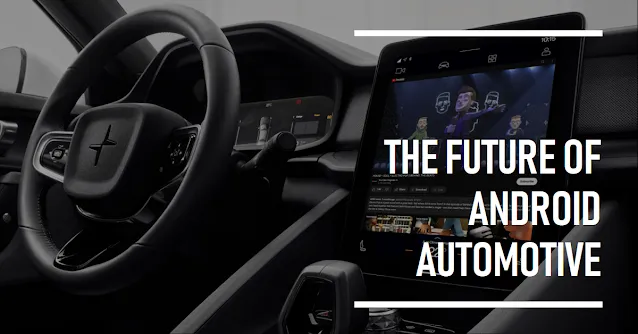The automotive sector is currently undergoing a significant shift towards Android Automotive, we find ourselves at the forefront of this transformative journey. Collaborating with a diverse range of mobility companies, including major OEMs, startups, and suppliers, we took a comprehensive look at the Android landscape within the automotive industry in the year 2024.
The Android Dilemma
As of 2024, a majority of car brands have officially declared their transition to Android Automotive. Notable exceptions include Tesla, steadfast in its commitment to Linux, and Mercedes, which employs Linux at the platform level while integrating Android apps as third-party services.A distinctive category worth noting is the influx of Chinese brands like BYD entering the European market. Despite running on Android, these brands utilize older versions (Android 8 or 9), predating the emergence of Android Automotive.
The prevalence of Android Automotive OS-based systems (AAOS) among original equipment manufacturers (OEMs) prompts the question: to opt for Google Automotive Services (GAS) or not?
GAS vs Non-GAS
While the Android Open Source project allows anyone to modify and create their own infotainment system, accessing Google Maps, Google Play Store, and Google Assistant requires a commercial agreement for GAS. Noteworthy brands embracing GAS include Volvo, Polestar, Renault, Ford (Lincoln), GM, Nissan, and Honda. Porsche has also signaled its future adoption of GAS, distinguishing itself within the Volkswagen Group.The advantages of GAS include access to popular navigation services and the Play Store. However, drawbacks for car manufacturers include potential unpopularity or restrictions in certain markets, such as China. Moreover, Google imposes minimum requirements for hardware performance and software testing, making GAS both expensive and limiting for OEMs.
The German government has initiated an antitrust investigation into Google Automotive Services, citing concerns related to bundling, revenue sharing conditions, default settings, and limited interoperability.
Contrarily, many carmakers opt for non-GAS solutions, licensing navigation systems from providers like Mapbox, TomTom, or HERE, integrating voice assistants like Alexa, and utilizing third-party app stores such as Faurecia Aptoide. This approach offers greater flexibility and cost control, allowing carmakers to choose services, switch suppliers, and adapt to different markets.
Android 14 Updates
The latest Android version, Android 14, introduces support for multi-screen functionality in the infotainment system. This enables personalized and shared entertainment experiences, although widespread adoption may take time due to OEMs lagging behind in Android version updates.The App Store Challenge
Third-party app stores play a crucial role in the success of non-GAS Android Automotive. While GAS provides access to over 3.5 million apps on the Google Play Store, the availability of apps inside cars is limited. Google enforces a templating system for apps on Android Automotive OS (AAOS), and not all categories of apps are currently supported.To address this challenge, initiatives like COVESA aim to standardize non-GAS templates and APIs for third-party applications, promoting compatibility across different app stores. The success of this standardization will significantly impact the competition between third-party app stores and Google Play Store.





0 Comments